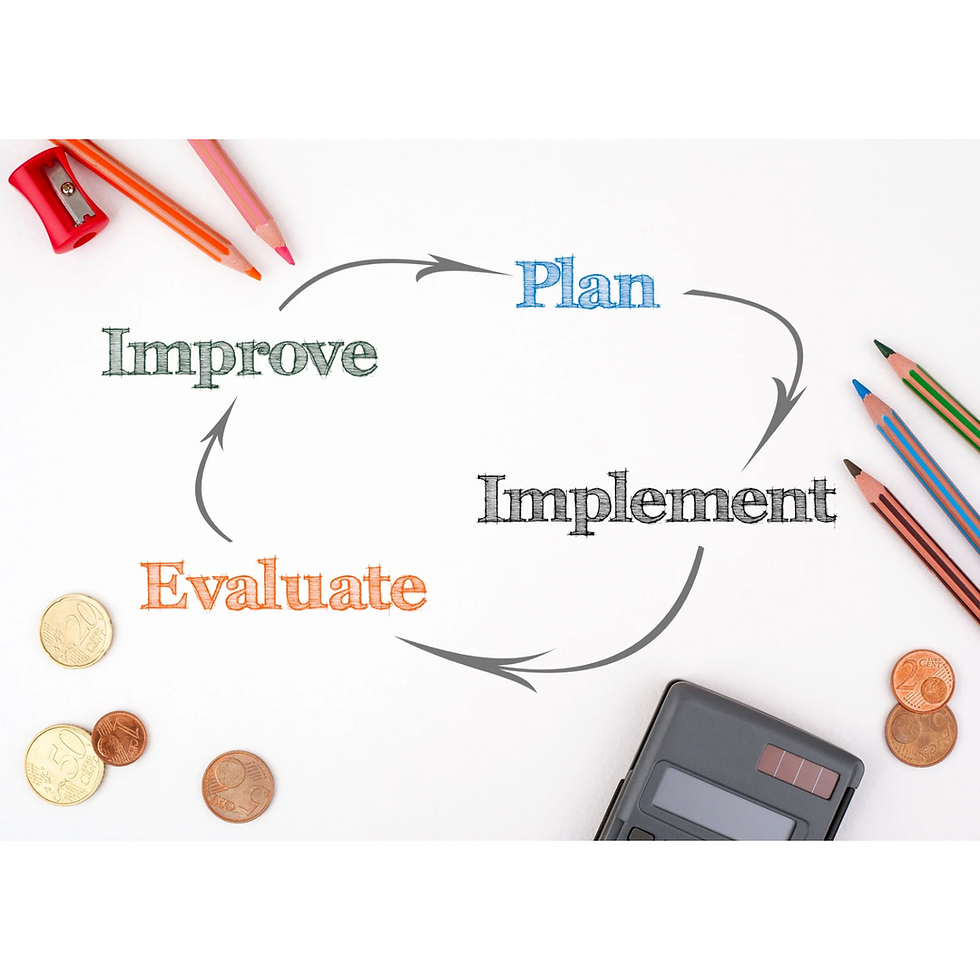The Power to Prosper: Energy and Economic Growth in Developing Nations
- Oby Anagwu
- Oct 4, 2024
- 3 min read
Updated: Jul 21

One factor stands out as a critical driver of progress in the quest for economic growth. Energy. For developing nations, access to reliable and affordable energy is more of a necessity for economic growth and improved quality of life than a mere convenience. Let’s explore the intricate relationship between energy and the economy in developing countries, highlighting both challenges and opportunities.
The Energy-Economy Nexus
Energy is the lifeblood of modern economies. It powers industries, enables communication, and facilitates transportation. In developing nations however, energy scarcity poses a significant barrier to economic advancement. Consider these points:
1. Industrial Development
Manufacturing and production processes require consistent power supply. Frequent outages or limited access to electricity hinder industrial growth.
2. Agricultural Productivity
Modern farming techniques, including irrigation systems and processing facilities, depend on energy. Limited access reduces agricultural output and income.
3. Education and Healthcare
Schools and hospitals need electricity for lighting, equipment and technology. Energy poverty impacts the quality of these essential services.
4. Small Business Growth
From local shops to emerging tech startups, businesses need reliable power to operate efficiently and compete in the global market.
Micro-Level Energy Impacts on Economic Growth
While large-scale energy projects often dominate discussions, it is crucial to recognize the profound impact of energy availability at the micro level. These often-overlooked uses of energy play a vital role in driving economic growth:
Small and Medium Enterprises (SMEs):
- Extended Operating Hours: Reliable electricity allows businesses to operate longer, increasing productivity and revenue.
- Use of Modern Equipment: Energy enables the use of computers, point-of-sale systems, and other technology that improves efficiency and customer service.
- Product Preservation: For food-based businesses, refrigeration powered by electricity helps reduce waste and extend product shelf life.
Home-Based Businesses:
- Enabling E-commerce: Stable internet connections, powered by electricity, allow entrepreneurs to reach broader markets through online platforms.
- Improved Communication: Reliable power for phones and computers facilitates better customer relations and business networking.
Artisanal and Craft Industries:
- Enhanced Production: Access to power tools and machinery can significantly increase output and quality in traditional craft sectors.
- Better Lighting: Improved visibility for detailed work leads to higher-quality products and reduced eye strain for workers.
Quality of Life for Business Owners and Workers:
- Home Comfort: Reliable energy for lighting, fans, or air conditioning at home leads to better rest and increased productivity during work hours.
- Time-Saving Appliances: Energy-powered household appliances free up time that can be devoted to business activities or skill development.
- Access to Information: Powering devices like TVs, radios, and smartphones provides access to market information, educational content and new business ideas.
Community-Level Impacts:
- Street Lighting: Improved safety allows for extended business hours and increased economic activity in the evenings.
- Community Centers: Powered spaces for meetings, trainings and events foster entrepreneurship and skills development.
Health and Productivity:
- Clean Cooking Solutions: Transitioning from traditional biomass to cleaner energy sources for cooking reduces indoor air pollution, leading to better health and increased productivity.
- Water Pumping and Purification: Energy for clean water access reduces time spent on water collection and decreases waterborne diseases, allowing more time for economic activities.
Challenges in the Energy Sector
Developing nations face numerous obstacles in providing widespread, reliable energy, such as:
- Infrastructure Gaps: Many countries lack robust power grids and distribution networks.
- Financial Constraints: Limited resources for energy investments and subsidies.
- Reliance on Fossil Fuels: Dependence on imported oil and coal strains national budgets.
- Technical Expertise: Shortage of skilled personnel to maintain and expand energy systems.
The Path Forward: Sustainable Solutions
Despite these challenges, there is room for optimism. Innovative approaches are emerging and they include:
1. Renewable Energy: Solar, wind, and hydroelectric power offer promising alternatives, especially in rural areas.
2. Microgrids: Localized power systems can provide electricity to communities off the main grid.
3. Energy Efficiency: Implementing conservation measures can maximize limited resources.
4. International Cooperation: Partnerships for technology transfer and capacity building.
5. Micro-Financing for Energy: Small loans for solar home systems or energy-efficient appliances can empower individuals and small businesses.
The link between energy and economic development in developing nations is undeniable and multifaceted. From powering large industries to enabling a small entrepreneur to work after sunset, energy acts as a catalyst for growth at all levels of the economy. By addressing energy challenges through sustainable and innovative solutions, these countries can unlock their economic potential, improve living standards and pave the way for a more prosperous future.
As global efforts intensify to achieve universal energy access, the transformative impact on developing economies could be profound. By recognizing and supporting both macro and micro-level energy needs, we can drive growth, reduce poverty and foster sustainable development for millions around the world. The journey towards energy equity should ultimately be more about empowering people and their aspirations, and not necessarily focused on only powering machines.


